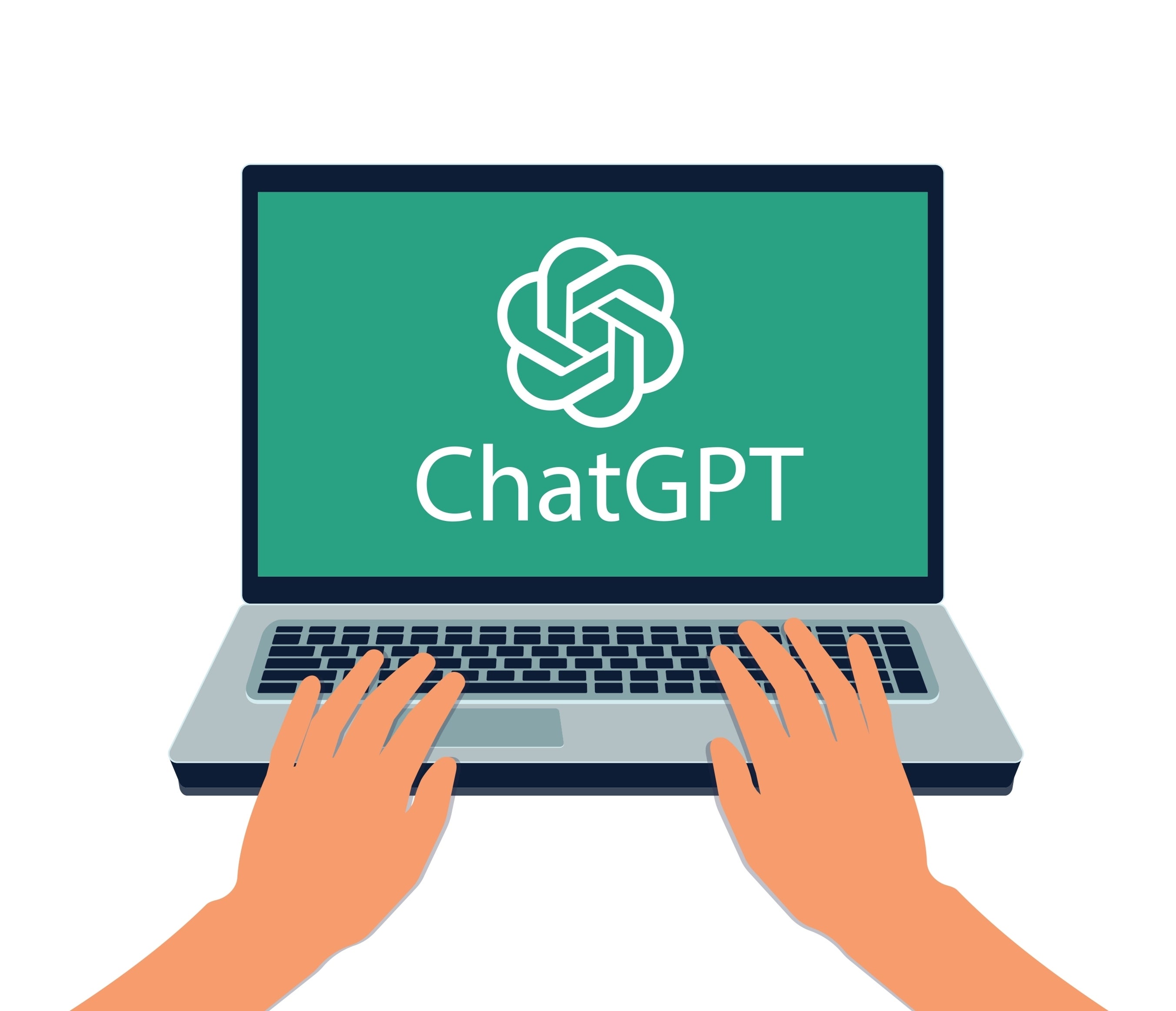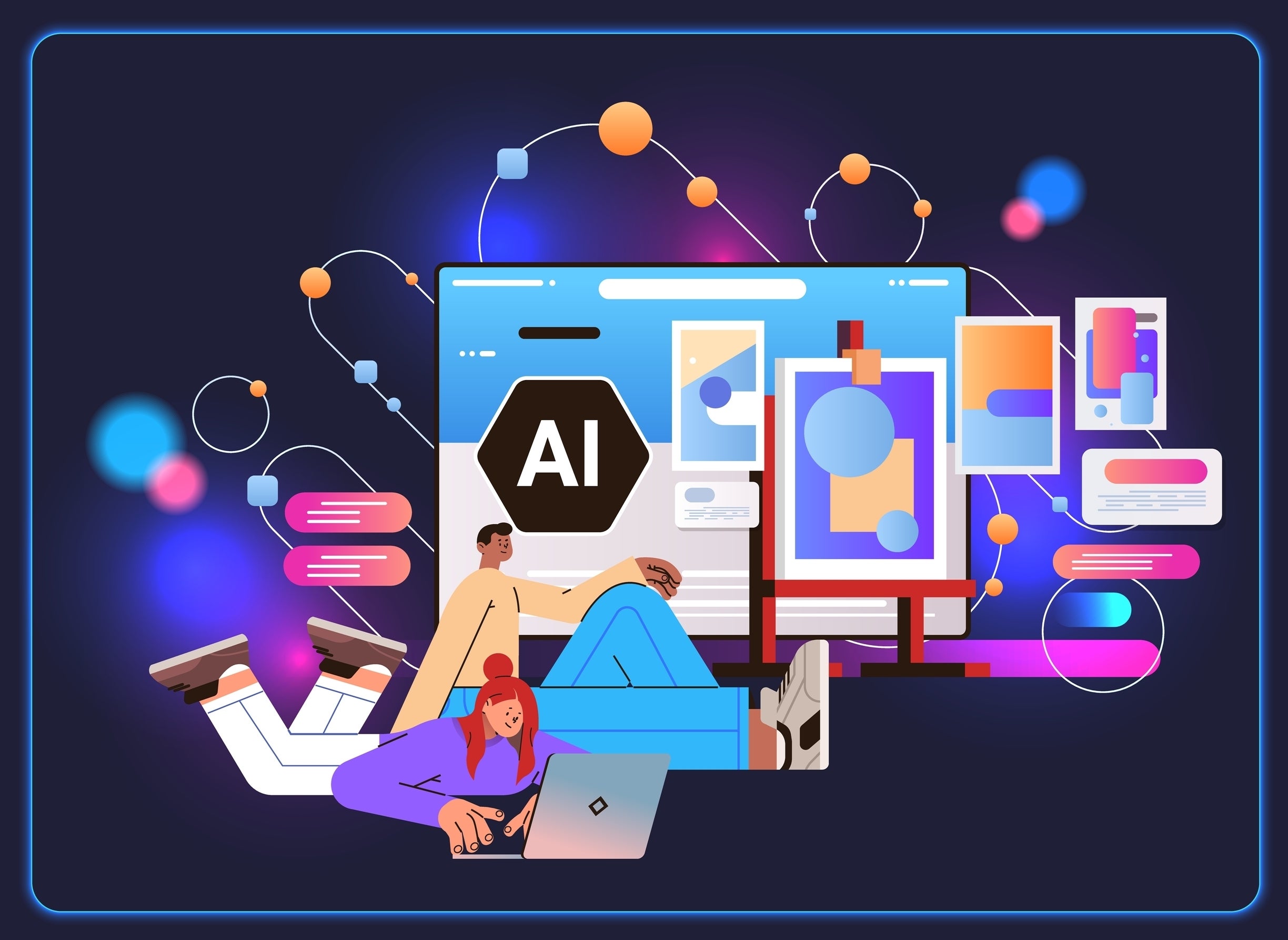Banner artwork by Udomdech Jaroenthanaporn / Shutterstock.com
The meteoric rise in the use of generative AI in business and in legal operations underscores that we are amid a sea change akin to the Industrial Revolution. The advent and rise of generative AI, combined with growing amounts of data and dynamic regulatory environments, means legal and business executives face increased risk exposure. While some are overwhelmed, they should not lose sight that the current disrupted environment presents an opportunity to transform and focus on creating new forms of value.
Here are five ways in-house counsel can lean in, embrace disruption, and ease the impact of generative AI.
1. Deploy a data stewardship approach.
Data stewardship provides the foundation for data accuracy, efficiency, productivity, and compliance. Whether it is generative AI or any other data-driven business application, data hygiene is not only critical, but also non-negotiable. The adage, “garbage in, garbage out” has never been more applicable.
Eran Kahana of Meritas member firm Maslon LLP (Minneapolis, Minnesota) and a fellow at Stanford Law School, argues that any organization that uses or develops generative AI applications should have a data stewardship program. As part of his work at Stanford, Kahana put together the “AI-Data Stewardship Framework.” The framework (which he periodically updates) helps organizations ensure high-quality data is continuously available and used in their generative AI environment. In addition to developers and end users, Kahana’s framework is also designed to be referenced by any party that has a need to understand and review practices related to generative AI: data brokers, AI auditors, regulators, courts, and lawmakers.

Generative AI applications such as ChatGPT should operate efficiently when a data stewardship program is in place.
tan47 / Shutterstock.com
“Generative AI applications are only as good as the data they train on,” says Kahana. “Developing and maintaining policies and procedures specifically designed to ensure that you are continuously providing or using high-quality data is critical.”
Data stewardship provides the foundation for data accuracy, efficiency, productivity, and compliance... data hygiene is not only critical, but also non-negotiable.
The concept of data stewardship, and the processes and procedures your organization follows, will inform how you evaluate and negotiate with vendors, write contracts, and evaluate performance, as well as ensuring compliance with laws, regulations, and best practices.
A strong data stewardship program in place ensures that an organization optimizes data governance and business decision-making while mitigating cybersecurity and other risk exposure. ACC offers a Data Steward Program that is a valuable resource for in-house counsel who want to maintain strong data stewardship practices to guide their purchase of technology, use of client data, and other aspects of a modern law department’s operation.
A strong data stewardship program in place ensures that an organization optimizes data governance and business decision-making while mitigating cybersecurity and another risk exposure.
2. Identify bottlenecks before you focus on technology.
In times like this, when faced with disruptive change, do not be tempted to chase the latest technology. Instead, take the time to assess your department’s specific challenges and needs.
Before you start shopping for technology, think about where and how the bottlenecks are occurring in your organization. Yes, there are often tech solutions out there to help you address these pain points. But before you begin the process of evaluating tech solutions, you must know exactly what your department’s needs are first.
Ask yourself and your team members questions like:
- Where are you spending the most time?
- Is that allotted time consistent with your strategic goals and your role and responsibilities?
- Where are you wasting time? Where are you duplicating efforts? Where are the gaps?
Consider analyzing your current key processes for billing, contract management, spend management, compliance monitoring, internal and external collaboration. Do you lack data for, say, business analytics? What data do you have? How are you using it currently to manage, for example, legal spend or litigation?
Find out specific needs from all stakeholders. Ask them, “What would be a complete gamechanger for you in your role to be able to achieve your goals faster, more effectively, and with greater satisfaction?”

Yes, often the answers to these questions will be technology oriented. However, there may be times when you uncover other opportunities for transformation that do not need technology at all. For example, there may be a need for better communication, more collaboration, or access to data. Or you may simply uncover new innovative ideas that drive trust and make your team stronger as a whole.
3. Get the most out of your current technologies.
Over the last several months, there have been many new products introduced into the legal technology space, including enhancements and releases incorporating generative AI.
I recently collaborated with a client that thought they needed a particular tech solution. After speaking with a vendor that provided such solutions, and discussing with the firm their specific needs, we discovered that the firm could solve its problem by using an application it already had purchased and was using.
But before you take the leap, recognize that many of your current applications may have advanced AI capabilities already.
By focusing on needs and current technologies first, we saved the firm the time, frustration, and the disruption of implementing a brand-new solution. This is not to say that some of the newer solutions are not worth a look, especially those powered by AI.
But before you take the leap, recognize that many of your current applications may have advanced AI capabilities already. Take stock of any new product integrations, what new features you have at your fingertips and how they can help you before assuming you need to find a brand-new option.

“The most critical factor for success when migrating to any new system is to take enough time upfront to consider why your current system is inadequate and what you want the new system to do,” says Robin Eklund, chief data officer at Meritas member Lexia Attorneys Ltd. (Helsinki, Finland) and co-chair of Meritas’ Global IT Professionals Group. “Not working through the whys beforehand is the main reason that these projects fail.”
4. Implement a thorough and tested process for evaluating AI-enabled solutions.
After establishing your data stewardship foundation, analyzing your specific needs and resources, and deciding to explore the market for advanced AI solutions, you’ll need a robust process to assess vendors and their offerings. The key is to ask the right questions.
When evaluating technology products that have generative AI embedded within, some key questions to ask of vendors include:
• Are your AI’s methods and assumptions screened for bias?

• Who owns the dataset your AI model uses?
• Who owns the improvements to the dataset?
• Will you continue improving the model? If so, where will we get the requisite data?
• How is the data secured?
• Where are the servers located?
• Who has access to your data?
• Do you use customer data? In what ways?
• Is data provided to the vendor used for marketing purposes?
• Who is liable for errors that generative AI might make?
• Is there an audit trail?
“One of the key components of our Legal Technology Advisory Program, in addition to facilitating information sharing among our member firms’ IT leaders and building informational partnerships with vendors, is helping our members set up guidelines and processes for evaluating new technology solutions,” says Sona Pancholy, President of Meritas (Minneapolis, Minnesota), a network of more than 180 law firms in more than 250 markets worldwide. “This has been proven to be very valuable for our firms as they stay on the forefront of generative AI and other new technologies that support their mission of superior client service.”
5. Adopt sound change management practices.
Any time there is a potentially disruptive change, whether it is a new regulation or a change in technology, the first question busy legal professionals often ask is, “What does this mean for me?” They want to know how the change will affect their workflow, their clients, and ultimately how they do their jobs.
In this environment, managing and communicating the change is critical. It means obtaining not only buy-in from the highest levels of leadership but taking a top-down approach to communication by communicating the changes upfront and throughout the implementation, so your lawyers and staff know what’s coming, why it’s important for the organization and the legal function, and the benefits for them and their roles.
“Give the change purpose. Get your people to understand ‘the whys’ behind the change,” says Tony McKenna, Director of IT and Change at Meritas member firm Howard Kennedy (London, England) and president of the International Legal Technology Association. “Also, I strongly recommend considering a top-down approach driven by and through your leaders’ actions and communications.”
Let’s face it, generative AI is and will continue to disrupt. Many professionals are finding that generative AI is now performing some of the tasks they were doing at this point last year. The technology does not replace them, but, if used right, it gives them a chance to be more efficient, learn new skills, and add more value to their roles.
Disclaimer: The information in any resource in this website should not be construed as legal advice or as a legal opinion on specific facts, and should not be considered representing the views of its authors, its sponsors, and/or ACC. These resources are not intended as a definitive statement on the subject addressed. Rather, they are intended to serve as a tool providing practical guidance and references for the busy in-house practitioner and other readers.




